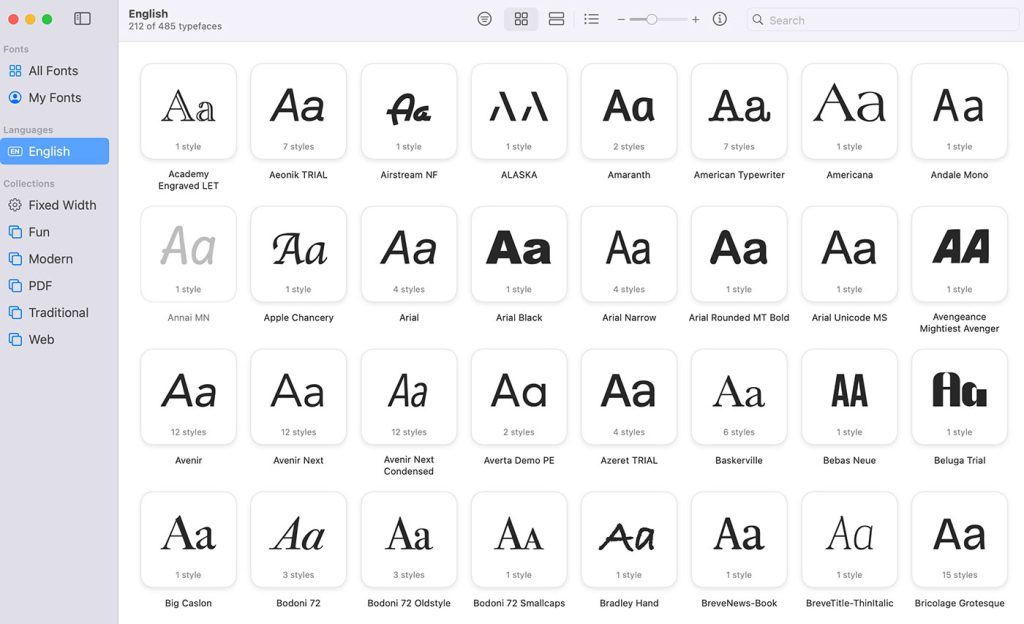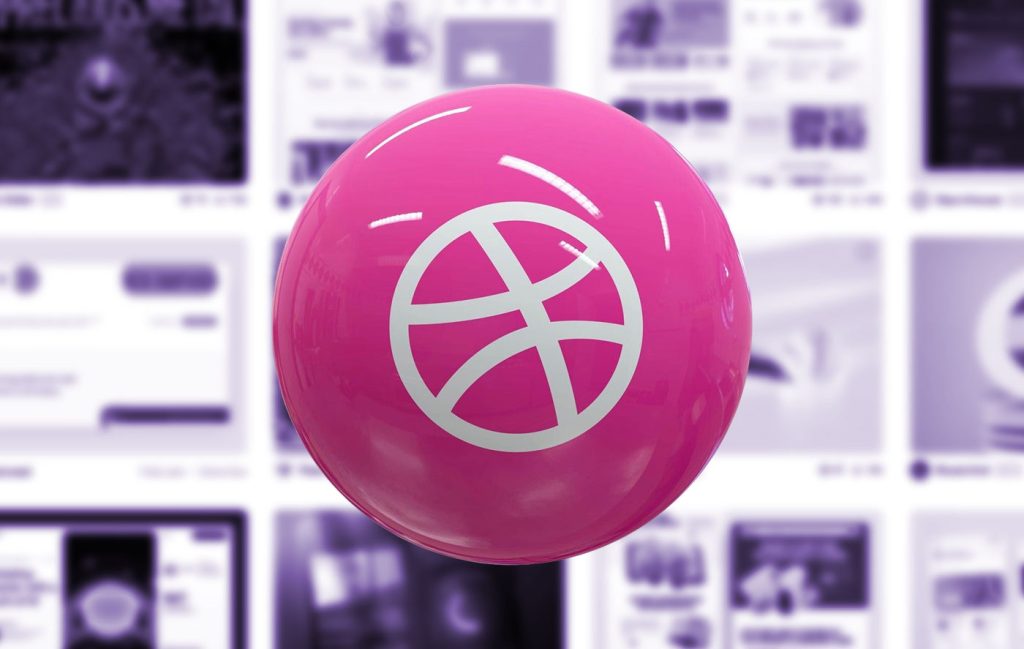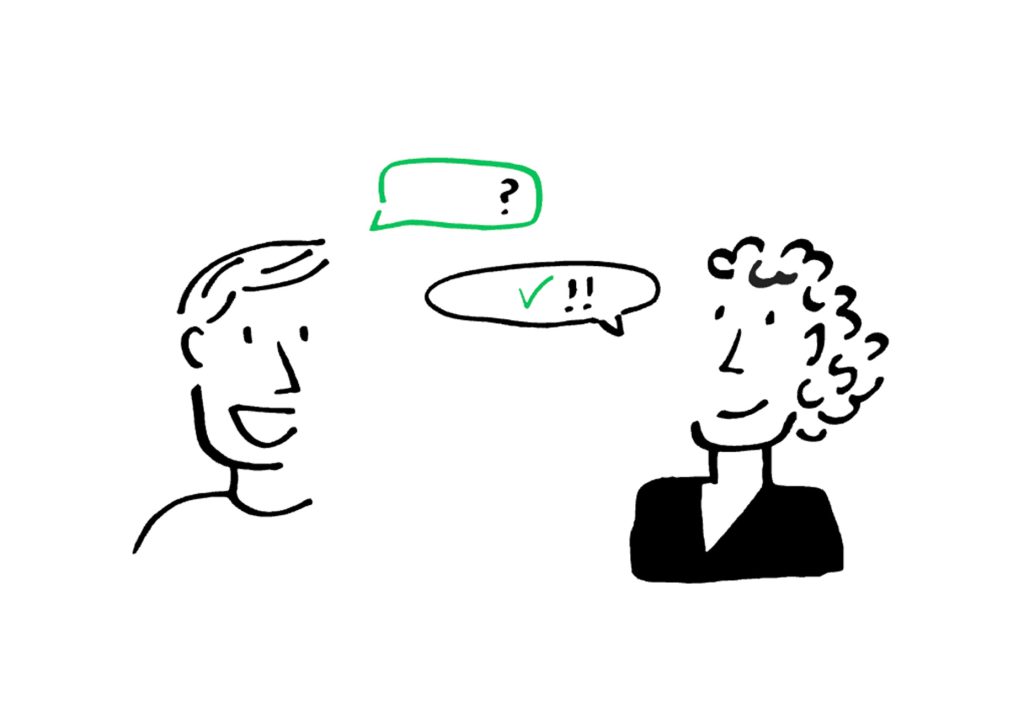I remember being 13 years old and just learning the joys of Photoshop 5 and 6. Looking back, I was so terrible, but in that moment you couldn’t you tell me a thing. That was when message boards and online forums were extremely popular, and you were not cool at all unless your signature (affectionately referred to as ‘sig’) was in top trendy style. I remember downloading brushes and patterns daily and fooling with every filter.
I decided to call myself a designer then, and fortunately, I stuck with it—I had my hands in a bunch of other things I sucked at at the time, one of which was softball. I’m glad I eventually cultivated my design hobby and got serious about it.
It seems like when kids (and some adults) get their hands on some version of Photoshop or Illustrator or what have you, they automatically deem themselves designers. Now, I’m not one of those people who get mad at the newbies coming in and ruining stuff because I’m all about community and I want to see everyone succeed—but I will say, you can’t just jump right in and think you know everything. There is A LOT to learn when it comes to graphic design and not just about what programs you use, but how you use your skill.
Whether you’ve been designing for 10 minutes or 10 years, there’s much to be learned and figured out. Depending on your path with design, some things will vary, but for the most part, there are three main stages of realizations/characteristics most designers go through.
Stage 1: Design as decoration
This stage is pure excitement—you feel like you’re a small fish joining an elite group of folks. Most designers start here (especially those that are self-taught), however, many skill levels can co-habitate here (note: we are not comparing skill level to maturity level). This is that stage where you just want to get your hands on every cell phone picture you’ve ever taken and doctor it up. As a matter of fact, after a couple tries and a few compliments you feel like it may be time for you to get paid for your talents.
Characteristics
I’m not saying you definitely suck but I am saying it’s pretty fair to assume you have yet to reach your full potential. Your program knowledge probably doesn’t extend much further than what your professor taught you or what the latest tutorial has you doing, and you’re completely fine with that. You’re idea of designing here is decorating—if you think it doesn’t look good you want to have at it to make it look prettier. Whether it looks good or bad is solely your judgement, as you aren’t basing it off much other than trends and what you like. Design principles and theory really don’t concern you because you’re either just starting and getting a grip, or quite frankly, you could care less. In this stage, your main objective is to be as creative as possible. You don’t have a bunch of different rules and standards floating around in your mind, so you do what you like. Ignorance is bliss.
Client Interaction
In this stage, the designer may or may not be actively looking for business, but if they are, this is kind of how they work with their clients. We’ve got to remember, this person’s idea of good design is central to what they believe—basically these client meetings are worthless other than to throw around a couple ideas because the finished product will be something the designer is satisfied with. Any requests the client has are taken more as suggestion than law. I’m not saying the designer is completely oblivious to what the client wants, but the idea of what it is going to look like or what kind of feel it has ends up coming from the designer’s mind, not standard practices or client input.
Community Contribution
These stage one designers, whether we want to believe it or not, do contribute to the design community. Like I said before, skill set is not directly related to maturity level; for example, you could be a great designer (know your way around a couple programs), but you could still be using design as a means of decoration. Sometimes you get a stage one designer that has an amazing skill set and makes some of the most creative work you’ve seen using no design principles or theories. Because of this, I think pure unadulterated creativity comes out of this stage, and if a more mature designer sees it, they can be inspired to use it in a way that is more effective.
Overall, this is a very free stage of being or becoming a graphic designer. There are no rules, other than to have fun and let your imagination be your guide.
Stage 2: Design as discovery
A large majority of us start in stage one where we are attracted to design and Photoshop—we teach ourselves what we want to learn and keep it moving. I think there’s another chunk of us who can start off in this second stage, especially if we have formal design education. But for the most part we get here after stage one, after working with a few clients, with some decent work in our portfolios, and interaction with some better designers. This is the stage where you get to really understand there’s more to designing than just making stuff pretty, but you just haven’t fully grasped it yet.
Characteristics
Now instead of making your friends party flyer look amazing to yourself, you’re interested in making it look amazing to everyone. You’re starting to realize that if it looks good to others and they enjoy it, maybe more people will come out. That’s a pretty solid realization for design but of course, it isn’t all the way there and you’re trying to look further into that idea. Also at this stage, you’re probably looking into the different types of design, what they do and what you think is best for you—perhaps you’ve delved into some other programs or you’re learning how to code. All you know is that you are trying to come to a deeper understanding of design.
Client Interaction
Things can go a little smoother in this part because you’re actually interested in what the client desires, but most times you’re giving them exactly what they asked for with little to no innovation. Not that it’s a crime, but as stated before, you know there’s something more to design than just creating what someone asked you to. If you do move a bit from what the client asked, you’re likely to try to explain yourself and the vision as best as possible. Fortunately, you haven’t totally lost your creative flair from stage one so you can add a bit of funkiness on a project. However, if they don’t want your funkiness, you may look at it as their loss.
Community Contribution
Your search for knowledge and growing skill set allows you to contribute much like in stage one but with better understanding of some sort of end. While this is a ‘between’ stage, you learn to respect the design community a bit more for it’s help and the design art form.
This stage takes up the bulk of your maturation process, and is easy to revert back to once you get the third stage. I’m all about learning more, so this is a good stage to be in. Just try to get the most information you can in an attempt to be a greater designer.
Stage 3: Design as communication
Now you’ve got most of this whole ‘design’ thing figured out. While I feel like it’s very rare someone can just start off at this point, it’s not impossible. Designers who have matured know their niche and have done their research. The mature designer is able to design with creativity as well as program and principle knowledge. This stage is where you realize that design is not just decoration but it is a means to effectively communicate and get your desired point across.
Characteristics
For you, design is not just limit to the design program of your choice, but design lives everywhere and in everything. You may look at a mobile phone and ask, “why would they put the numbers in this position rather than another position?” That’s an example of design as communication. You understand different theories and principles such as hierarchical design and colors as a means to influence people. Designing has a lot more to do with user interfaces, function, and effectiveness because you understand that if your design sucks, it’s completely useless to your project.
Client interaction
As far as client interaction, I think it has a lot to do with the success of the designer. It’s easy to get the one who is all about creating something the client can use vs. the guy who’s so well-known he does what he wants and the client agrees. Either way, the end product is going to be something that works and is effective. The client meetings are probably a lot longer as well; in our first couple stages, if the ideas weren’t sent through email, client meetings were just ‘meet-n-greets’. Now client meetings are full on understanding and brainstorming sessions, and they’re probably more frequent.
Community contribution
These are the people that make the design world go round. We get to study their processes and their findings (if they are willing to share). I hate putting people on pedestals but these are truly the people to learn the most from, especially when there’s no more ‘textbook learning’ to do. Some things can only be learned through experience and passed on through others. While creativity is not all lost in this stage, good design is fueled by how effective, intuitive, and innovative something is and these are the folks that can come up with the best solutions.
This is obviously the place to strive for as a designer to get that understanding, but don’t be fooled into thinking this is the last and final stage. As easy as it is for an adult to be serious one second and playful the next, it’s just as easy for a designer to revert back to immature tactics and behaviors, especially when learning new things.
In conclusion…
No matter the stage we are currently in, we should all work together as designers to promote shared knowledge and contribute to our community. These ‘maturity levels’ shouldn’t help divide us but should help us to understand what others need. While maturity is only gained through experience, it doesn’t hurt to try to steer someone in a better direction. At 13 years old, I would have loved for someone to pull me to the side and tell me how I was doing it all wrong, and then give me pointers.
While I’m sure there are more stages, more characteristics, and more things to learn, I believe these are the most consistent stages designers go through. Whatever we believe, though, I hope everyone is striving to be as awesome as possible.
What stage would you say you’re in? What experiences really helped you get there?









